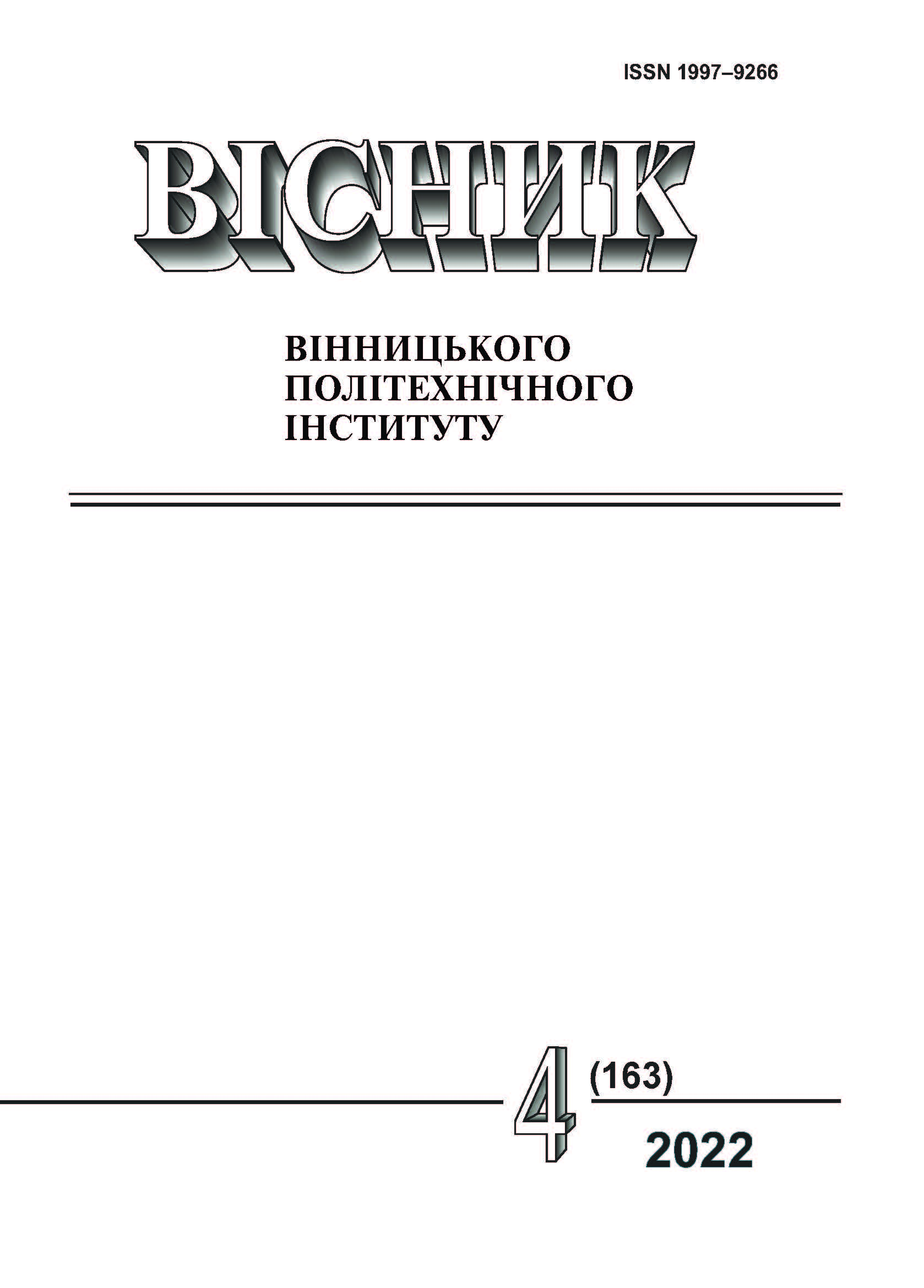Applying the Principal Component Analysis in the Problem of Analysis of the Specters of Free Oscillation
DOI:
https://doi.org/10.31649/1997-9266-2022-163-4-6-12Keywords:
input data space distribution, informative parameters, principal component analysis, spectral analysis, non-destructive testingAbstract
This article addresses the main methods used for analysis, distribution, and classification of input data space. The main aspects of applying these methods are analyzed and determined. In this study it is found that the method of the principal components analysis (PCA) is the most suitable. Possible principal components analysis algorithms are described. A combination of these algorithms is used to distribute the input data in the analysis of signals and their spectra obtained by non-destructive testing after applying a free oscillations method. The article aims to study the possibility of reducing the vector of informative features after applying principal components analysis without losing the quality of recognition of the state of objects. The objects of study may be components of electric motors (shunt magnetic conductor), parts of aircraft made of composite materials and other structures that require analysis by non-destructive testing methods. Spectra taken during non-destructive testing by the method of free oscillations of samples of carbon fiber panels from defective and defect-free zones were studied. The analysis of three, five and ten harmonics was conducted and the maximum number of the principal components and the values of maximum dispersions of these components for the input values set of amplitudes were determined. The Mahalanobis distance was used to analyze the quality of the distribution of the input data space into classes (defect-free and defect zones of the sample). The quality of the separation of values from the damaged and undamaged zones of the sample into two classes was improved. Therefore, the use of principal component analysis, in this study, can increase the reliability of the recognition of the state of objects.
References
В. М. Коцовський, Теорії розпізнавання образів, лекції. Ужгород: Методичні праці кафедри інформаційних управляючих систем та технологій, 2014, 24 с. [Електронний ресурс]. Режим доступу: https://dspace.uzhnu.edu.ua/jspui/handle/lib/16460 .
И. А. Биргер, Техническая диагностика: Надежность и качество. М.: Машиностроение, 1978, 240 с.
В. Є. Бахрушин, Методи аналізу даних : навчальний посібник для студентів. Запоріжжя: КПУ, 2011, 268 с.
I. T. Jolliffe, and J. Cadima, “Principal component analysis: are view and recent developments,” Philosophical Transactions of the Royal Society, A 374: 20150202, 2016. https://doi.org/10.1098/rsta.2015.0202 .
З. П. Ненова, «Идентификация дефектов в ИИС вихретокового неразрушающего контроля.» дис., Киев, 1990, 282 с.
Steven M. Holland, Principal components analysis (PCA). Department of Geology, University of Georgia, Athens, GA. 2019, 12 p. [Electronic resource]. Available: http://strata.uga.edu/8370/handouts/pcaTutorial.pdf .
Jeffrey J. Love, “Principal Component Analysis in Paleomagnetism,” Encyclopedia of Geomagnetism and Paleomagnetism, no 1, pp. 845-850, 2007. https://doi.org/10.1007/978-1-4020-4423-6_271 .
Jingxuan Tang, and Huibin Sui, “Power System Transient Stability Assessment Based on PCA and Support Vector Machine,” in International Conference on Mechanical, Electrical, Electronic Engineering & Science MEEES2018. Published by Atlantis Press, vol. 154, pp. 361-365, 2018. https://doi.org/10.2991/meees-18.2018.63 .
Kevin Huang, “Principal Component Analysis in the Eigenface Technique for Facial Recognition,” Senior Theses and Projects. Trinity College, Hartford, Connecticut. CT2012, 34 p. [Electronic resource]. Available: https://digitalrepository.trincoll.edu/theses/216 .
L. I. Smith, “A tutorial on Principal Components Analysis,” Computer Science Technical Report. University of Otago Library, Dunedin, New Zealand, no. OUCS-2002-12, 26 p., 2012. [Electronic resource]. Available: http://hdl.handle.net/10523/7534
Downloads
-
PDF (Українська)
Downloads: 1091
Published
How to Cite
Issue
Section
License

This work is licensed under a Creative Commons Attribution 4.0 International License.
Authors who publish with this journal agree to the following terms:
- Authors retain copyright and grant the journal right of first publication.
- Authors are able to enter into separate, additional contractual arrangements for the non-exclusive distribution of the journal's published version of the work (e.g., post it to an institutional repository or publish it in a book), with an acknowledgment of its initial publication in this journal.
- Authors are permitted and encouraged to post their work online (e.g., in institutional repositories or on their website) prior to and during the submission process, as it can lead to productive exchanges, as well as earlier and greater citation of published work (See The Effect of Open Access).





